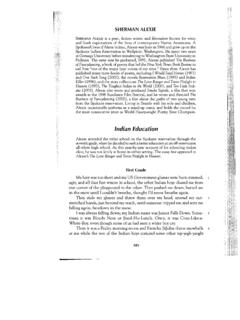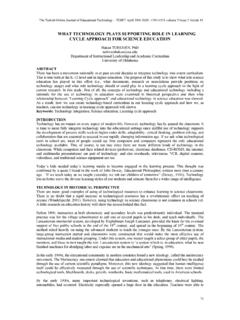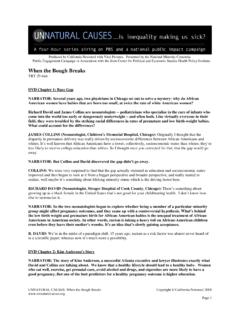Transcription of Teachers Notes - Film Education
1 Teachers Notes The ideas in this study guide are intended as starting points for a cross curricular topic based on the film and they are aimed at children between the ages of 6 and 13 years. The activities seek to complement and extend the pleasure the children will have derived from the visit to the cinema whilst at the same time meeting some of the requirements of the National Curriculum. The table on page 16, although by no means exhaustive, it is offered as a loose guide for planning and record keeping. The classroom tasks are primarily focused towards K52 but they are adaptable for the top part of KS1 (for example, work on Explorers) and where they match the areas of study for K53, (for example, the study of a past non-European society - indigenous peoples of North America) they have been differentiated accordingly. The film : Pocahontas Synopsis Pocahontas' is Walt Disney's first animated feature to be inspired by a real-life figure.
2 It is based upon the historical facts and popular folklore surrounding a Native princess' first encounter with English explorers. In America, 1607, two cultures are on the verge of war. The Native Americans and the new English settlers are constantly clashing over land rights. Against this background, Captain John Smith, a fearless adventurer and Pocahontas, a beautiful, free- spirited daughter of the Chief of the Powhatan tribe, meet, become friends and fall in love. Their love actually brings the two sides together, differences are resolved and lasting peace is decided. UK Release Date: 6th October 1995. Certificate: Ii. Running Time: 81 mins. The Legend of Pocahontas Before you see the film read the legend of Pocahontas below. It is believed that Pocahontas was born in 1595, in Virginia, where she was the daughter of the powerful Powhatan Indian chief who ruled over about forty tribes from his capital Werowocomoco.
3 Although few facts are known about her everyday life in the Mattaponi clan, she is said to have been fascinated by the European settlers. In 1607, John Smith, an English adventurer who had been captured by Powhatan, was to be clubbed to death. After pleading in vain with her father, it is thought that Pocahontas saved Smith's life by putting her own head over his as it was about to be crushed. It is from John Smith's own account that we know of the story. In 1613 she was kidnapped by a European settler - Captain Samuel Argall, and used as a hostage. However, Pocahontas became a Christian, taking the name Rebecca, and in 1614 she married the Englishman, John Rolfe, who had introduced the cultivation of the milder West Indian tobacco into Virginia. Two years later they went to England with their son, Thomas, where she went to the court of King James I. Unfortunately Pocahontas became ill and in 1617, just after she had begun her return voyage to America, she died.
4 She was buried at Gravesend where her statue stands today. What is a legend? How does the word legend originate? (Use a big dictionary to help you to find out.). Go to the library and find as many books as you can which tell the legend of Pocahontas. You may need to refer to the encyclopaedias. How many different versions of the legend can you find? What are the main differences? Why do you think that different versions of the story exist? The legend of Pocahontas is as familiar to American schoolchildren as the legend of Robin Hood is to British boys and girls. See how many different versions of the Robin Hood legend you can find. Most cultures have legends. Have your class divide into groups of about five or six children. Each group should choose a different culture and find as many of its legends as it can. Ancient Greek, Roman, Aborigine, Arab, Norse, Native American are just a few cultures from which you could choose.
5 Each child can then select a legend and write it in his or her own words and illustrate it. When these are complete, display the stories so that everyone can share them. What is the difference between a myth and a legend? Collect as many reviews of the film as you can. You should find these in magazines and newspapers. How do the film critics feel about the film 's treatment of the legend? Do you think they are fair or unfair? Divide your class into those who think the film was a fair representation of the legend and those who think it was unfair. Bear in mind the fact that the film did not tell the whole story of Pocahontas' life. Take it in turn to put your arguments to the class. At the end of the discussion how many of the class members changed their original opinions? Write reviews of the film yourselves saying what you think about the way the Disney film represents the legend.
6 Send these to the local newspaper and see if you can get them published. Look at the pictures of either Pocahontas or of John Smith. Make a list of the ways these representations differ. Which do you think is the more accurate? Engraving by Simon van de Passe, Engraving by Simon van de Passe, Captain Pocahontas', 1616. (By permission of the John Smith', 1616. (By permission of the Virginia Historical Society.) Virginia Historical Society.). Exploration In the film Pocahontas' we are shown how British and other European explorers felt they had a right to claim for themselves, and for the countries that had sponsored their voyage, and land they reached. Look at this time-line of some of the journeys of explorers and settlers who reached the country we now know as America. Add John Smith's voyage to the time-line. Vikings Christopher Cabot Amerigo Jacques Humphrey Walter Sir Francis Plymouth sited in Columbus 1497 Vespucci Cartier Gilbert Raleigh Drake Pilgrims America in 1492 1499 1534 1583 1584 1585 1620.
7 About 1000. Go to a library and look in some reference books to find out more about these voyages of discovery and the first colonies of people who settled in America. Use a data base to record details of their journeys, routes that they took, names of their ships, places where they landed and so on. Make up five questions for a friend to answer using the data base. Finding the Way Early explorers knew little about where they were going as there were no accurate maps or reliable navigational instruments. However, sailors were aware of the dangers they could meet and tales of sea monsters frightened them. Speed Sailors could find out how fast they were travelling by dropping into the sea one end of a long rope that had been tied to a log. The log just floated where it had been dropped as the ship traveled. The rope had knots tied into it at regular intervals. The sailors counted how many knots were let out in a certain amount of time.
8 A ship's speed is still calculated in knots. What problems are there in counting this way? Without using a standard measuring tool (for example a tape measure), use a stopwatch and anything you need to find out and record how fast you can walk in ten seconds. At this rate how far could you travel in a minute? Show how you calculated this. Time Clocks, in those days, were worked by a pendulum. How would this affect time keeping on a ship? Sailors often used an hourglass to measure time. It took one hour for the sand to go from the top to the bottom. Think of another way of calculating time without using a modern clock and describe it. What are the problems of this way of time keeping? Direction As you saw in the film , explorers of this era did have compasses to show direction. A compass works because it has a carefully balanced magnet inside which turns easily. In which direction does the magnet point on a compass?
9 Label the points of the compass for yourself. N. Make your own compass. You will need a bowl of water, a big needle, a flat piece of wood or cork and a magnet. After making sure that the needle sticks to the magnet, rub the needle against it. The needle now will have been turned into another small magnet. Place your cork or wood onto the water. Before doing it, say what you think will happen when you put the needle on top of the cork. Do it. What did happen? How can you check that your compass is working properly? lJse a modern compass to help you to answer these questions. 1. If you face North and turn 1350 clockwise, in which direction are you now facing? 2. If you face East and turn 900 clockwise, in which direction are you now facing? 3. Walk onto the playground and face North East. What can you see directly in front of you? 4. Stand in the middle of the playground.
10 In which direction will you have to travel to get back into your classroom? Position Since early times people have drawn imaginary lines over the world to help locate places. Complete this sentence: The lines across the world which are drawn level with the equator are called lines of _____ and the lines which go through the North and South Poles are called lines of _____. The Quadrant The quadrant was like a modern clinometer. It helped early explorers to find at which line of latitude they were. Latitude could be judged by measuring the height of the Sun above the horizon at noon. The Pole Star could be used at night. On a piece of paper draw a circle which has a radius of about 18cm. Fold it in half and then in half again so that a right angle is formed. Mount this quartet circle on thick card and then cut it out. Use a protractor and a ruler to mark the degrees 00 to 900 around the circumference.

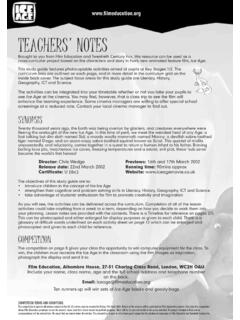
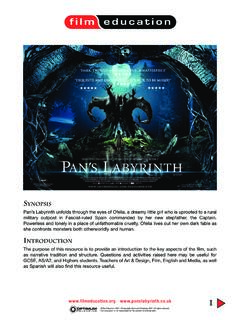
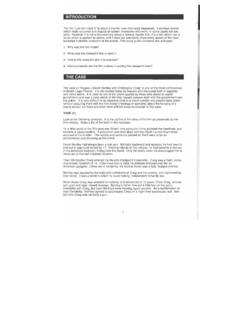
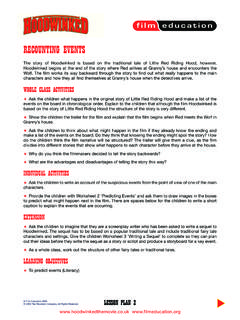
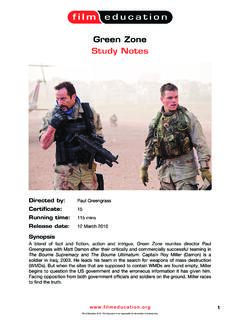


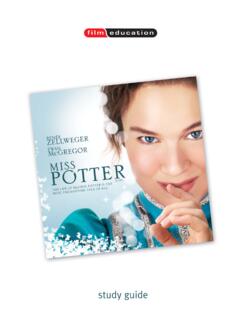
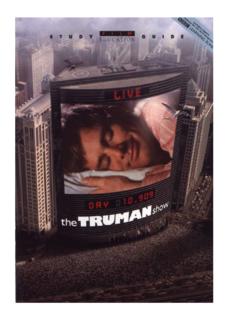
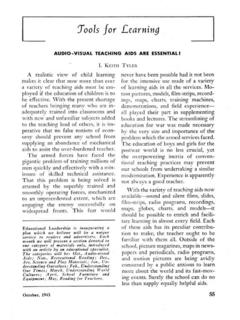
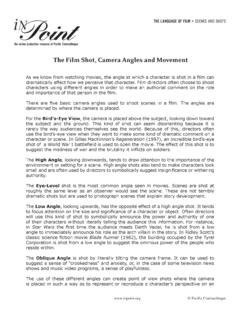
![WELCOME [germanfilmfestival.com.au]](/cache/preview/b/b/0/e/e/1/3/c/thumb-bb0ee13ca20432280e5b4a9d4bcd57db.jpg)
